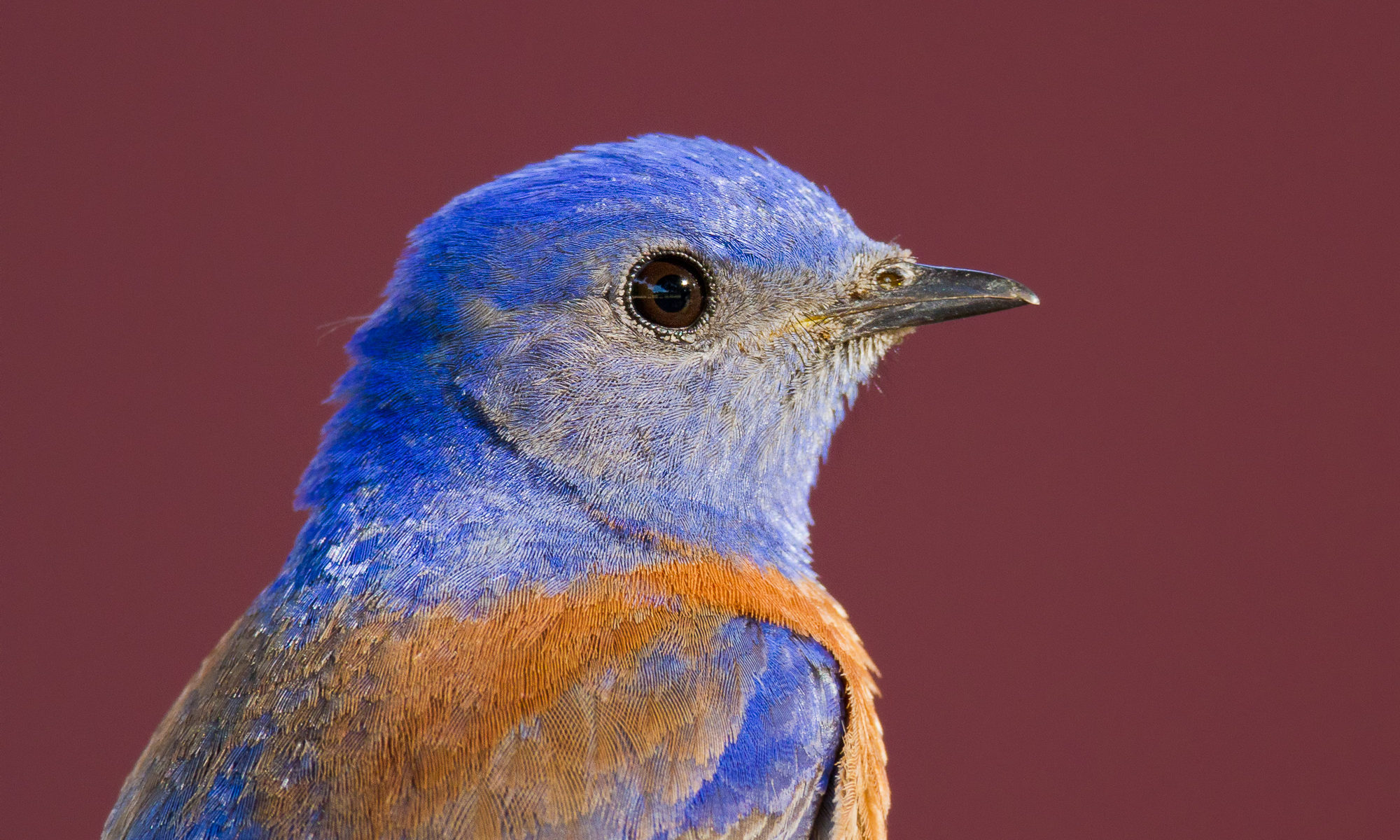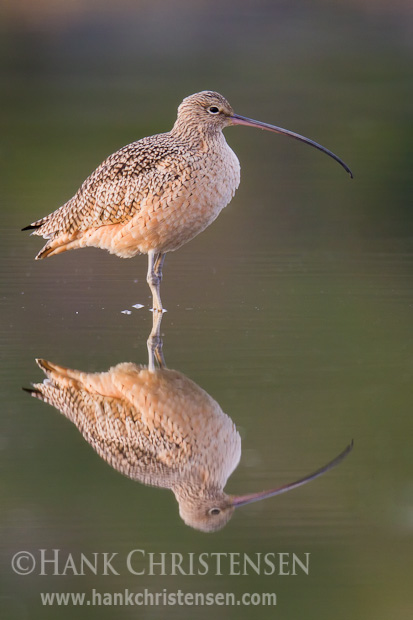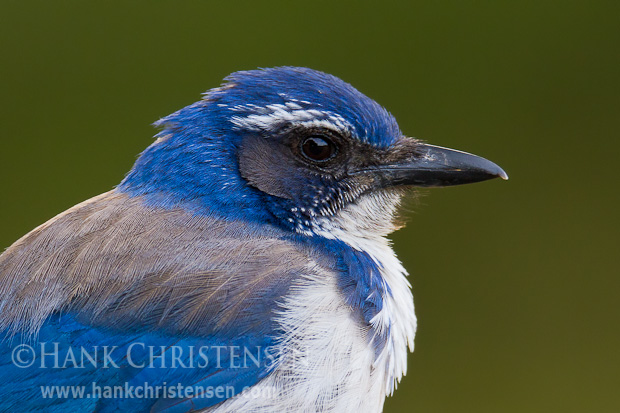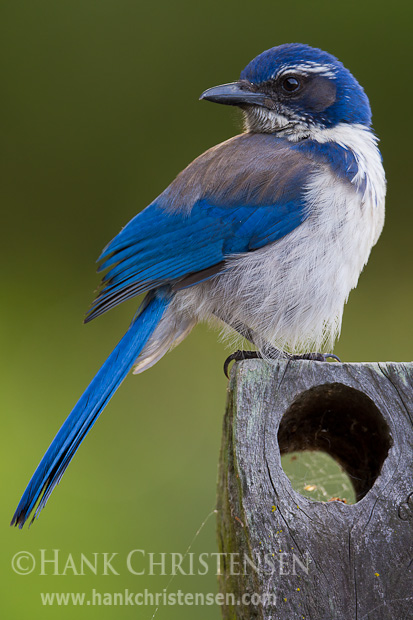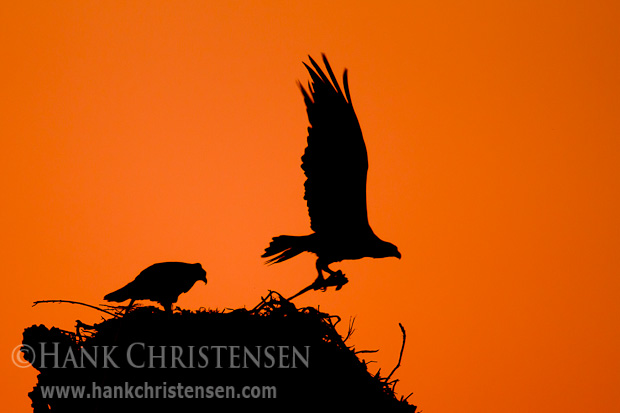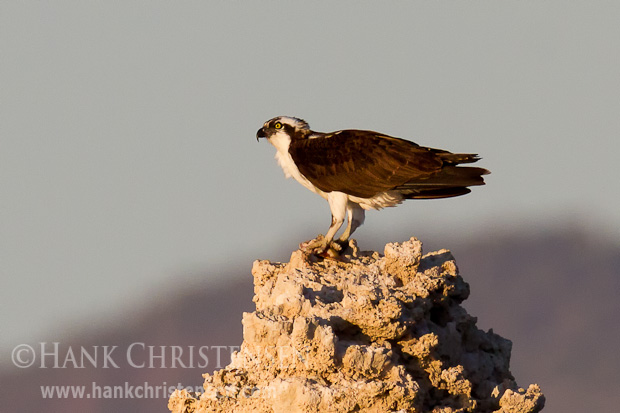Living in an urban environment, I am often viewing wild things against a backdrop of non-wild habitats. This is especially true of birds, as they perch on anything convenient – fences, lamp posts, roof tops. A constant challenge is to showcase these wild birds without exposing the urban landscape in which they’re found.
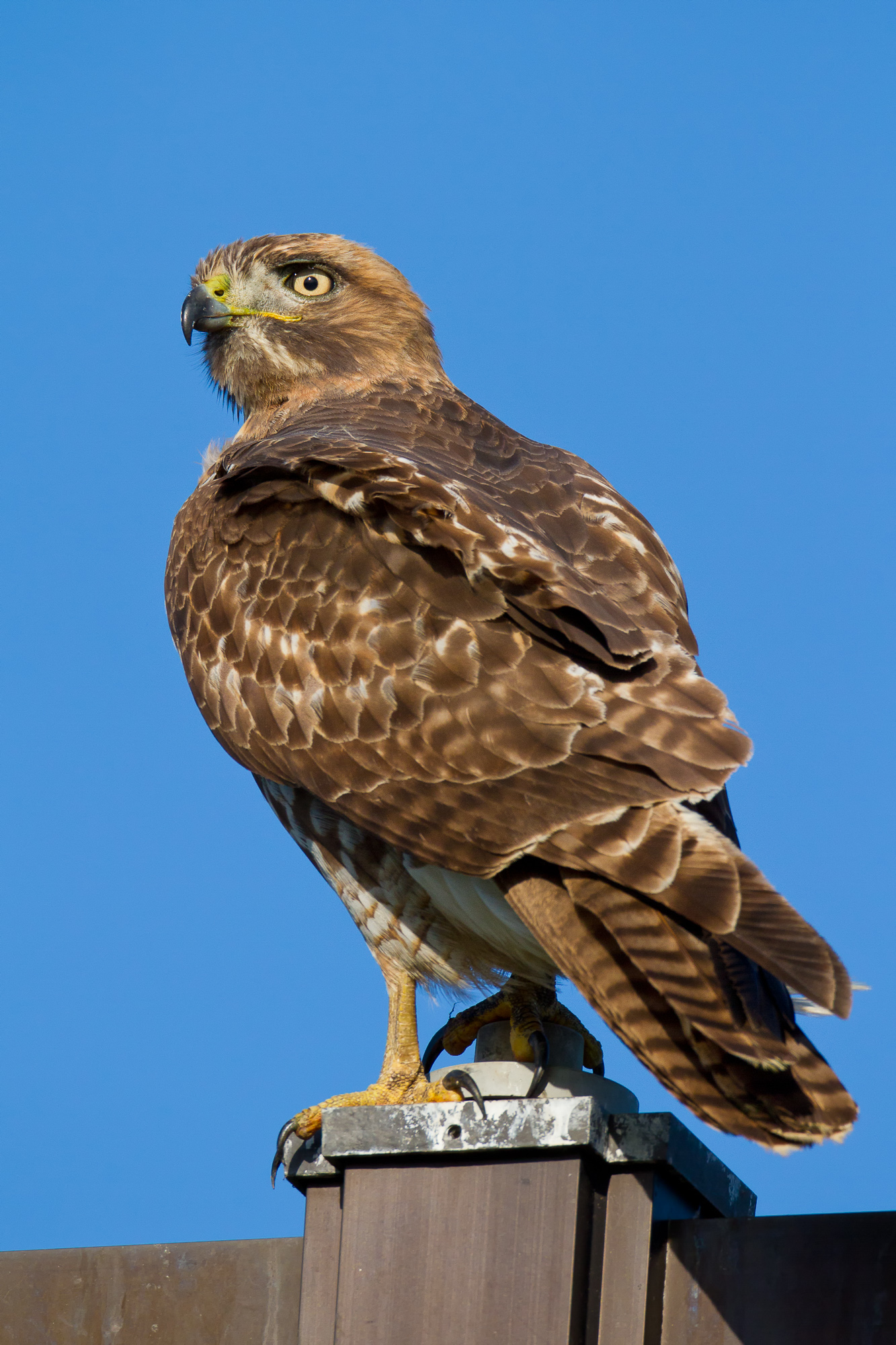
I found this juvenile red-tailed hawk perched at the top of a lamp post, surveying the surrounding grasses for potential prey. He seemed fairly bold (as many juveniles tend to be), and allowed me to approach closely. Several poses later, I wasn’t happy with including this man-made element in my “nature” shot. He’d look much better perched on a scraggly branch of a long-dead tree. But, you must work with what you have. So I tried to move in even closer to eliminate this unnatural element, and create a pleasing head shot of this great bird.
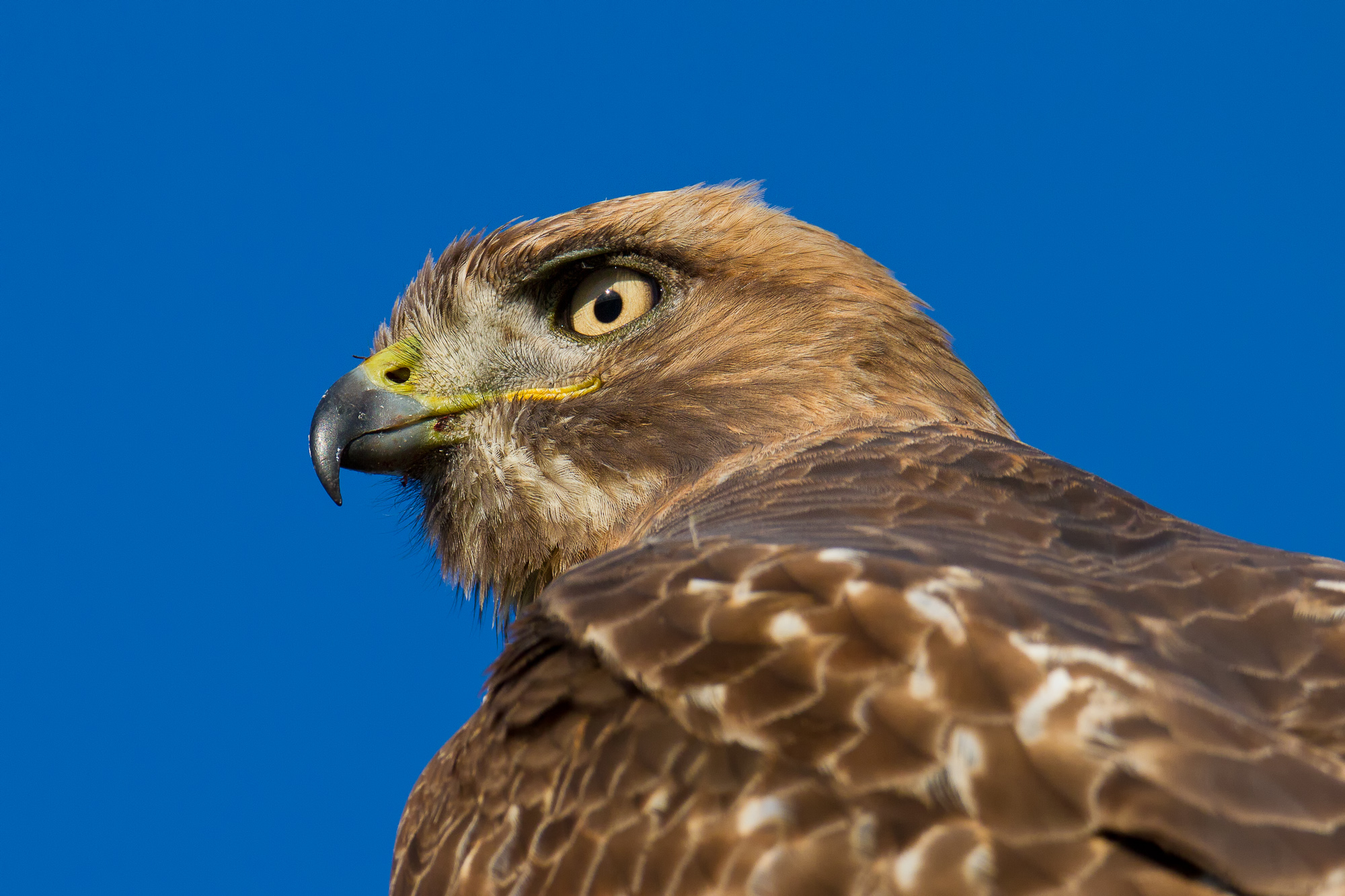
Although this hawk showed no indication of leaving based on my original approach, I still was very slow and methodical about getting closer. The reasoning behind this are twofold. First, I reduce my chances of the hawk getting spooked and leaving. And second (and more important), I don’t stress out the bird, even if he was to remain in place. When approaching any wild animal, always make sure they are comfortable with your presence. If they show signs of stress (with birds, usually a wing flap or calling out), back away!
Eventually, I got close enough to fill the frame with a head and shoulders portrait of the hawk. Composed against blue sky, I’ve successfully removed all man-made elements. The following image shows another technique to eliminate obvious hand-of-man elements, while also using the head shot approach.
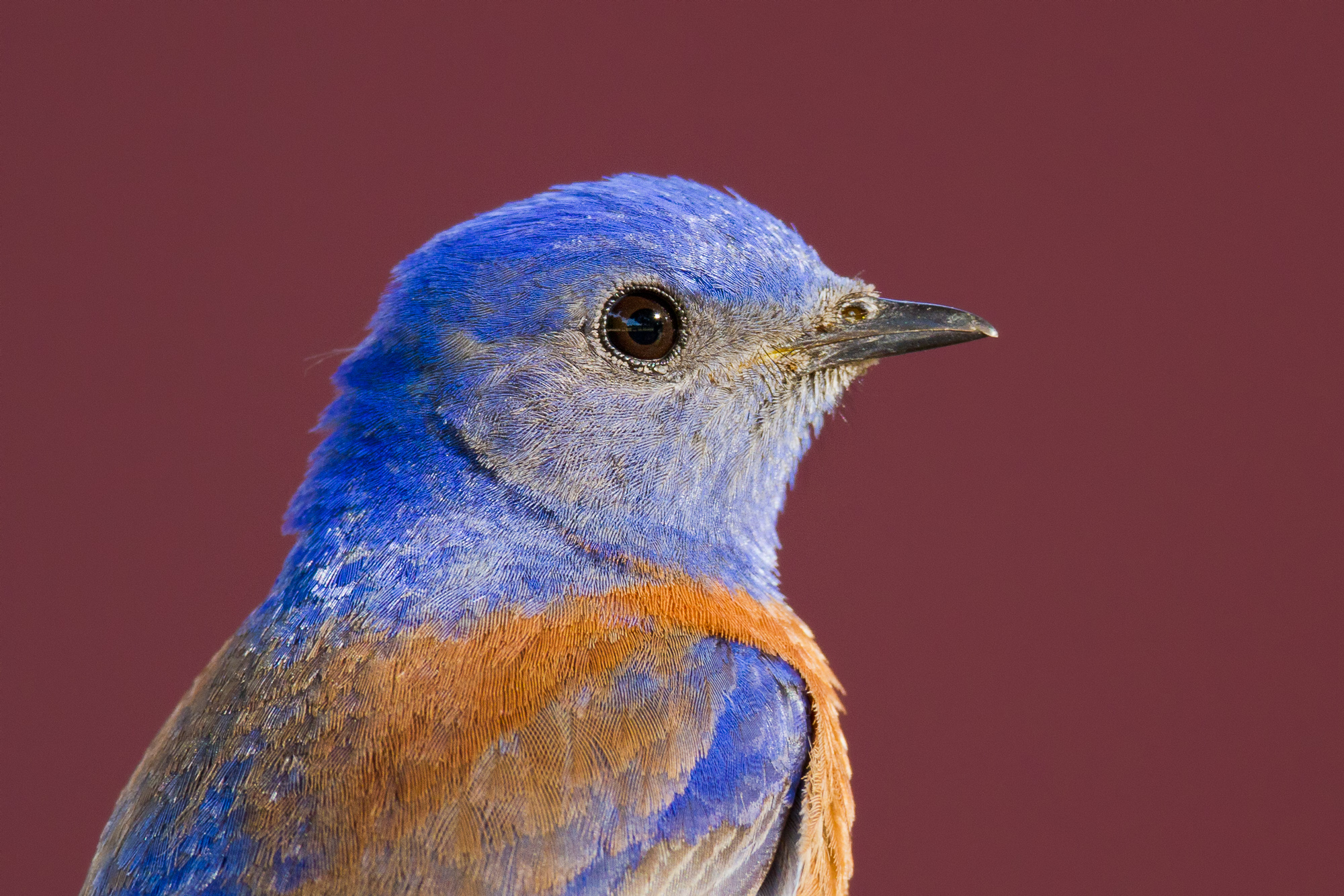
In this instance, a western bluebird was perching on an ugly fence (covered in bird poop) in front of a red barn. The sun angle required I be facing the barn, thus not being able to avoid including it in my background. Once I had framed the bird however, I used an aperture that reduced the barn to a solid red background. Though not exactly natural, I thought it was quite pleasing.
I moved in close to isolate the bird’s head, and removing the fence. This time the target bird was much smaller than the hawk, and I knew that in order to fill the frame with the bird’s head, I needed to be closer than the minimum focusing distance of my lens. I added an extension tube between the lens and my camera, reducing the minimum focusing distance. Luckily this bird was quite used to people (and was probably expecting to be fed!), allowing me to get close enough.

